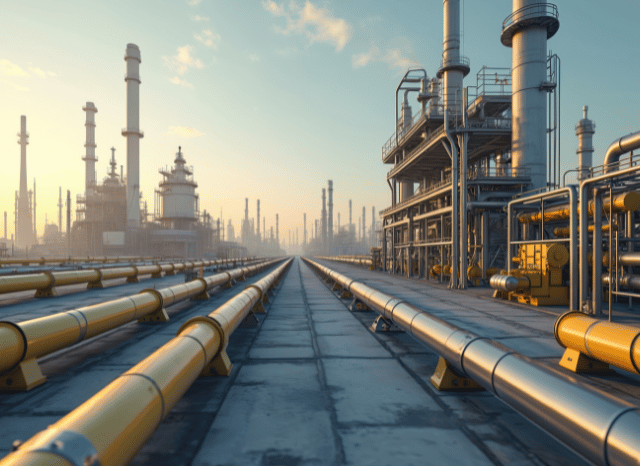
Oman, Germany, and the Netherlands have signed a groundbreaking arrangement that could reshape Europe’s Strength landscape, ushering in a different era of environmentally friendly hydrogen imports from the center East.
A Daring move in the worldwide Vitality transition is using form concerning Oman and Europe. A historic settlement signed before this year paves the way for among the list of world’s first big-scale hydrogen corridors—linking Oman’s large renewable assets to Germany’s industrial hubs through the Netherlands.
The core of the initiative is environmentally friendly hydrogen—produced by splitting water via electrolysis powered by photo voltaic or wind Electricity. This way of hydrogen has attracted international desire for its opportunity to decarbonise sectors which have been if not challenging to electrify, like large transportation, steel generation, and Vitality storage.
Oman, leveraging its sunny climate and bold countrywide system, aims to be a top rated worldwide exporter of eco-friendly hydrogen by 2030. Forecasts counsel the region could produce as many as one million tonnes of green hydrogen per year by the top in the 10 years. A key element of this system entails liquefying the hydrogen to facilitate overseas transport.
Enter the hydrogen corridor: a planned maritime and logistics route starting from the port of Duqm in Oman, extending for the ports of Amsterdam and Duisburg. Specialised cryogenic tankers, just like Those people Employed in LNG transportation but tailored for hydrogen’s Substantially lower temperatures, will have the gasoline. European ports are currently preparing the necessary infrastructure to receive, retail outlet, and distribute the cargo.
This corridor is not merely a logistical feat—it’s a strategic a person. For Germany, that is seeking to decrease dependence on fossil fuels and diversify check here its Strength combine, the imports could enable fulfill its concentrate on of bringing in 10 million tonnes of renewable hydrogen by 2030. The corridor also aligns with broader EU sustainability targets and industrial decarbonisation initiatives.
The job’s importance lies not merely in its scale, but will also in its replicability. Like LNG before it, liquid hydrogen could quickly move throughout continents, breaking free from the limitations of fixed pipeline networks. And Oman isn’t by here itself. Other initiatives—which include Spain’s Basque Hydrogen Corridor as well as the Central European Hydrogen Corridor—also are developing the spine of the potential hydrogen financial state.
The here Basque challenge concentrates on integrating production, distribution, and industrial use in just northern Spain. Meanwhile, the Central European route strategies to repurpose present fuel pipelines to hold hydrogen from Eastern Europe to Germany, even more cementing the location’s role inside the hydrogen transition.
If successful, these efforts could mark A get more info serious milestone in decarbonising Europe’s major industries and transport networks—run through the Solar and wind of distant deserts.